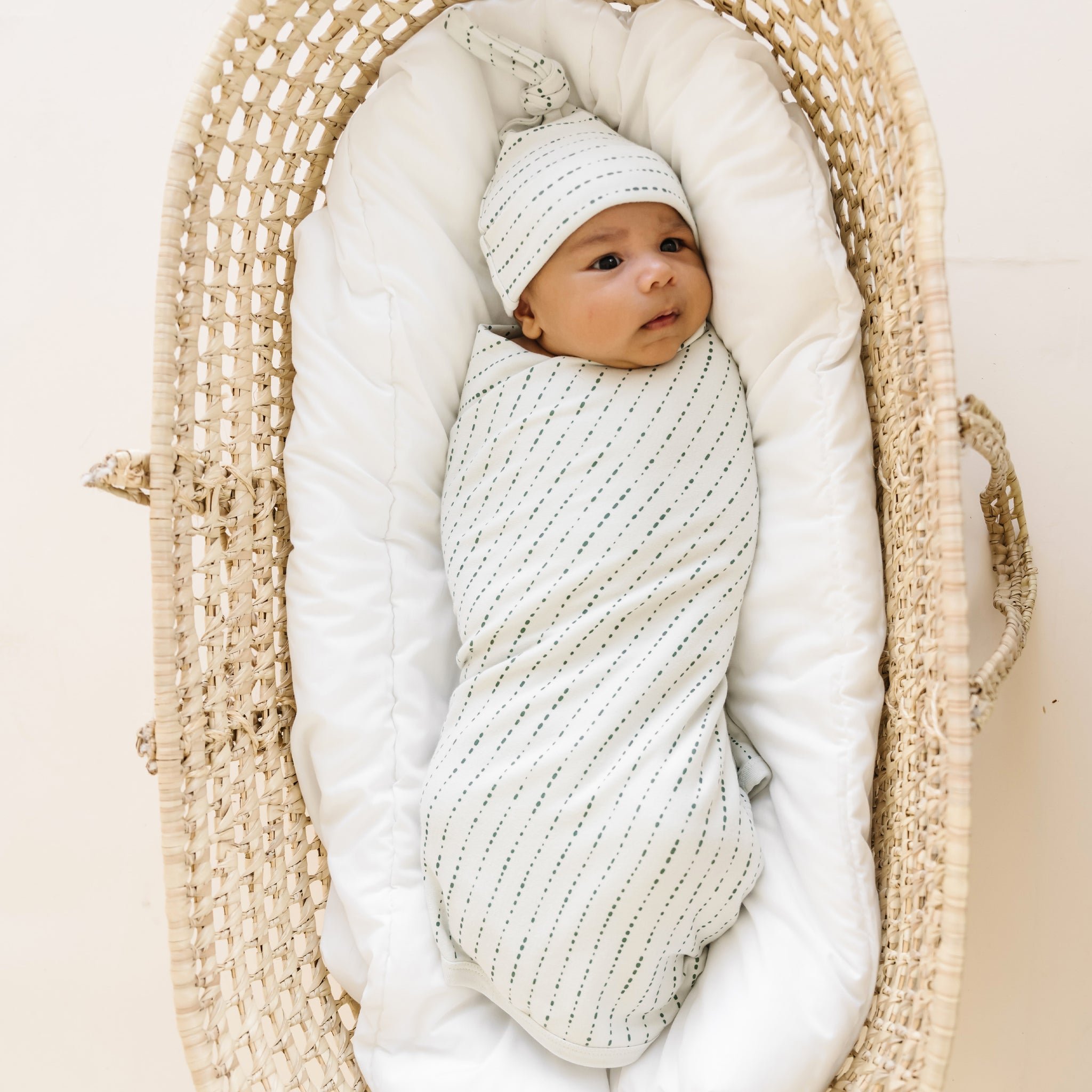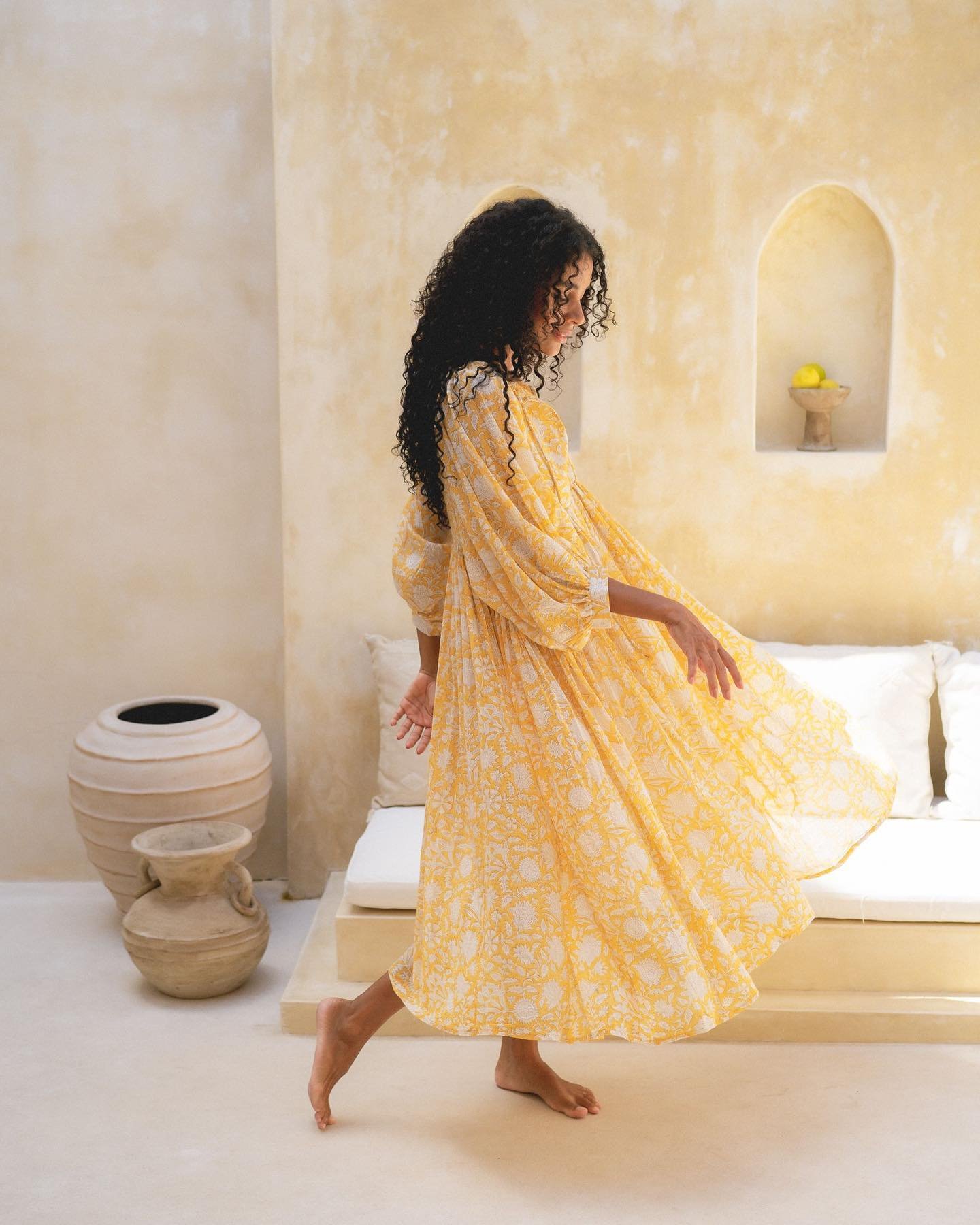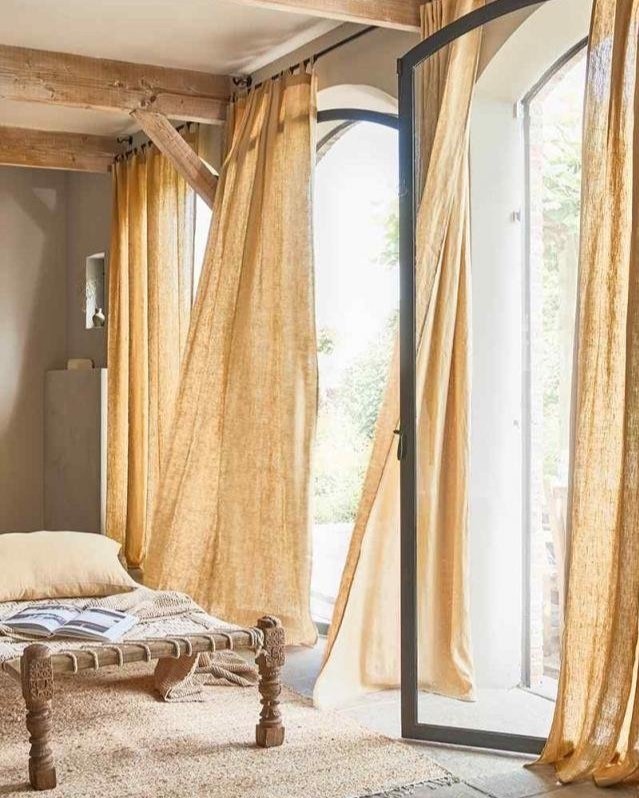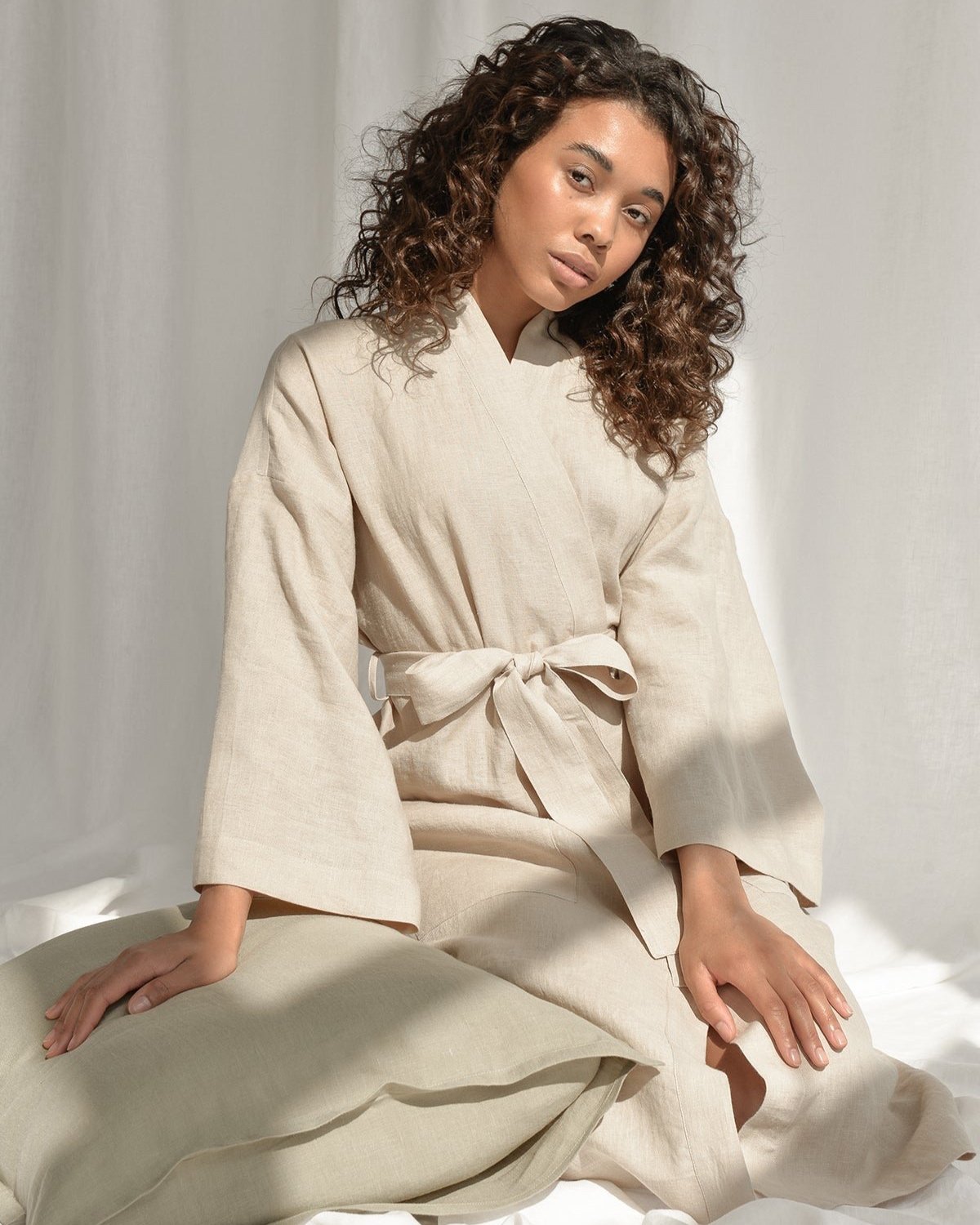Image: Q for Quinn
Disclosure: Some of the links below are affiliated; we may earn a small commission if you click through and make a purchase. We only feature brands that align with our values and contribute to a better fashion industry. Thank you for supporting these brands - and us!
Sustainable, Organic Socks for Children
The day my son found his toes, my husband and I appropriately ooh-ed and ahh-ed and congratulated him… until we realized that in literally putting his foot in his mouth, he was also getting a tongue full of sock. Already sock-averse, my little infant now pulls his socks off with regularity, generally losing at least one per day. I’m sure other parents can relate to the sock drawer dilemma - lots of lone blue ones, a stray red one, and an assortment of animal-themed loners collecting at the bottom like a pastel zoo.
Like every item of clothing with babies, socks are outgrown fast, and the three-to-six-month socks quickly join the newborn socks in the box full of clothes that no longer fit. Buying baby socks in bulk is not the answer to my growing pile problem. The solution is to buy a handful of pairs in various sizes, allowing baby to grow in and out of them without adding a pile of waste to a landfill. (Most charities will not take used socks as a donation, so their life span is generally how long they last on your little one’s feet).
Why Buy Non-Toxic, Organic Socks For Your Children?
Finding the right fit in the right fabric can be a challenge for anyone, but especially for babies - their skin is delicate and new, and as parents, we want the fabric to be durable, as well as soft. Organic cotton and clothing made without toxic chemicals are best for the porous skin of a newborn. Socks are just as important to find in organic material as onesies, and luckily there are several brands that have created fun, soft socks for babies of all ages.
You can read more about organic cotton and why we love the textile here. Also, learn how to take care of your organic cotton clothing to make it last for years and years!
Note: We were unable to find a sock made from 100% organic cotton. The ones listed below will have a small percentage of synthetic fiber in order to make them softer and stronger.
Here are the best brands for organic socks for babies and kids:
1. Q for Quinn
Materials: Organic Cotton, Recycled Poly, Elastane (some pairs use 98% organic cotton with no dyes!)
Price: $8 - 27 (3-Pack)
Q for Quinn is a sustainable, non-toxic and GOTS (Global Organic Textiles Standard) certified brand that is committed to creating basics that are gentle on our skin, our planet and our communities. Developed in an effort to create safe clothing for babies and children, the brand has kids' and grown-up basics for ultimate comfort including seamless socks. Q for Quinn goes above and beyond, donating a school meal (with every item sold) through Mary's Meals.
2. Conscious Step
Materials: Fairtrade Organic Cotton, Recycled Polyester, Elastane
Price: $11 - 35 (3-Pack)
With each Conscious Step purchase, a portion of the proceeds are donated to the charity associated with that pair of socks. From building homes to treating HIV, there is a cause everyone can attach themselves to. Their entire supply chain is GOTS and Vegan certified. This cotton is never treated with herbicides, insecticides, or pesticides and is not genetically modified. Their products are all Fair Trade Certified, which promotes a sustainable workplace to help producers achieve better working conditions.
3. Ten Little
Materials: Organic Cotton, Polyamide, Elastane
Price: $14+ for 5-Pack
Ten Little carries Everyday Crew Socks & Everyday Ankle Socks in a variety of colors & patterns. If you’re in the market for some socks with a little more flair but still made from organic cotton, this is your brand. Sized in S/M/L there will be some trial & error with sizing, but TL provides a helpful “Find Your Child’s Fit” Guide to assist you in shopping. The ethos of the brand is found in this guide - two women aiming to make buying children’s clothing easier by getting the fit right for your child - not “every” child.
4. Mori
Materials: Organic Cotton, Polyamide, Elastane
Price: $23 for 5-Pack
Mori’s commitment to sustainability starts with organic and sustainably sourced fabrics and ends with products designed to be passed on from kid to kid. Their signature fabric is a mix of organic cotton and bamboo from viscose and does not use any additional chemicals, making it both sustainable and safe for baby. The socks come in two sets of colors, shades of pink and shades of blue that lean toward neutral. The sizes range from 0-6 months to 4-6 years, making them ideal for kids of all ages.
5. Burts Bees Baby
Materials: Organic Cotton, Recycled Poly, Spandex
Price: $15 for a 6-Pack
I own several products from Burts Bees Baby and have never felt let down. The organic cotton is soft and gentle on baby and does not pull or fade in the wash. Like most socks, BBB contains a percentage of polyester, but they have stuck to their sustainable mission and used recycled material. In addition to ankle socks ranging in size from 0-24 months, they also carry baby booties in sizes 0-12 months. Both have eco-friendly grippers on the bottom, so once baby is on the move, these socks will keep them secure.
6. Mightly
Materials: Organic Cotton, Recycled Nylon, Spandex
Price: $22 for a 5-Pack
Mightly is a wonderful children's clothing brand that was founded by moms who are passionate about providing high-quality, sustainable clothing for kids. What sets Mightly apart is their commitment to ethical production practices. All of their products are Fair Trade certified in India and are made from GOTS organic cotton using non-toxic, kid-safe dyes. Furthermore, Mightly offers a wide range of sizes, catering to kids from 2T to 14, ensuring that children of various ages can enjoy their comfortable and sweet clothing!
7. Frugi
Materials: Organic Cotton, Polyamide, Spandex
Price: $6 - 26+ (5-Pack)
Frugi is an acclaimed British children’s clothing brand known for its dedication to creating high-quality pieces using GOTS-certified organic cotton. The brand's clothing is distinguished by its vibrant colors, whimsical prints, and exceptional attention to detail. Frugi offers a wide range of clothing, including socks, for babies and children up to 12 years old. The company has garnered numerous accolades for its unwavering commitment to sustainability and ethical manufacturing practices.
About the Author:
Kelsey Anderson is a new mom attempting a more sustainable life for her family. You can find her at home in Massachusetts where she is trying to grow a garden and learn to cook.
MAKE SURE TO PIN THE PHOTO BELOW TO SAVE THIS POST FOR LATER!
WANT MORE SUSTAINABLE BRANDS? VISIT OUR BRAND DIRECTORY!
Our Brand Directory is home to hundreds of sustainable brands, from makeup to cleaning supplies, from underwear to shoes. We have broken everything down by category for easy shopping, along with discount codes unique to Sustainably Chic viewers.



























































































































